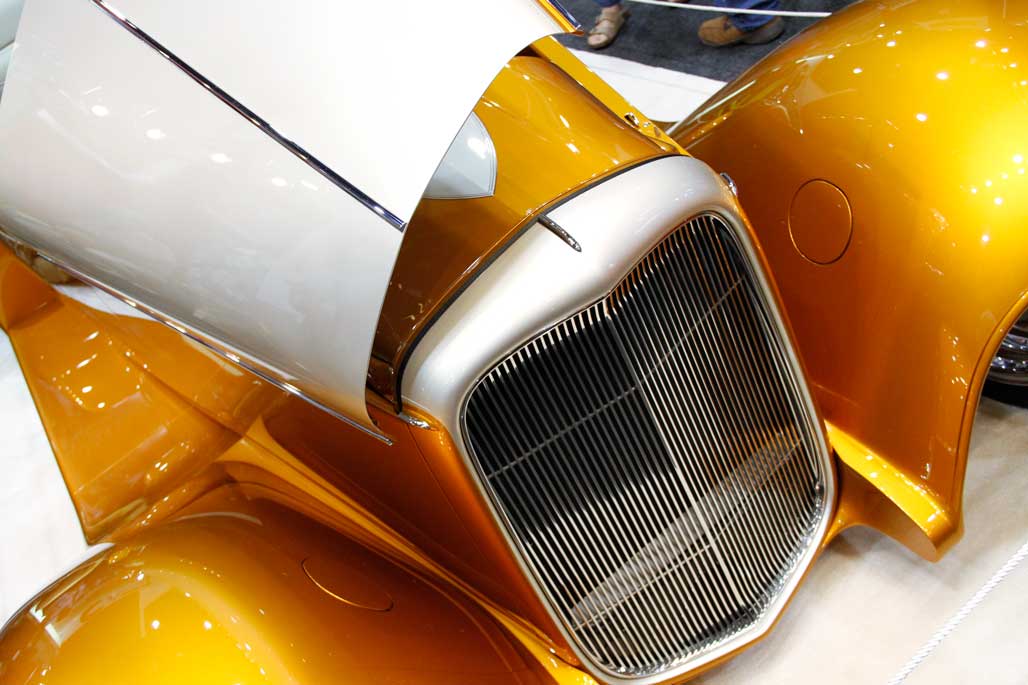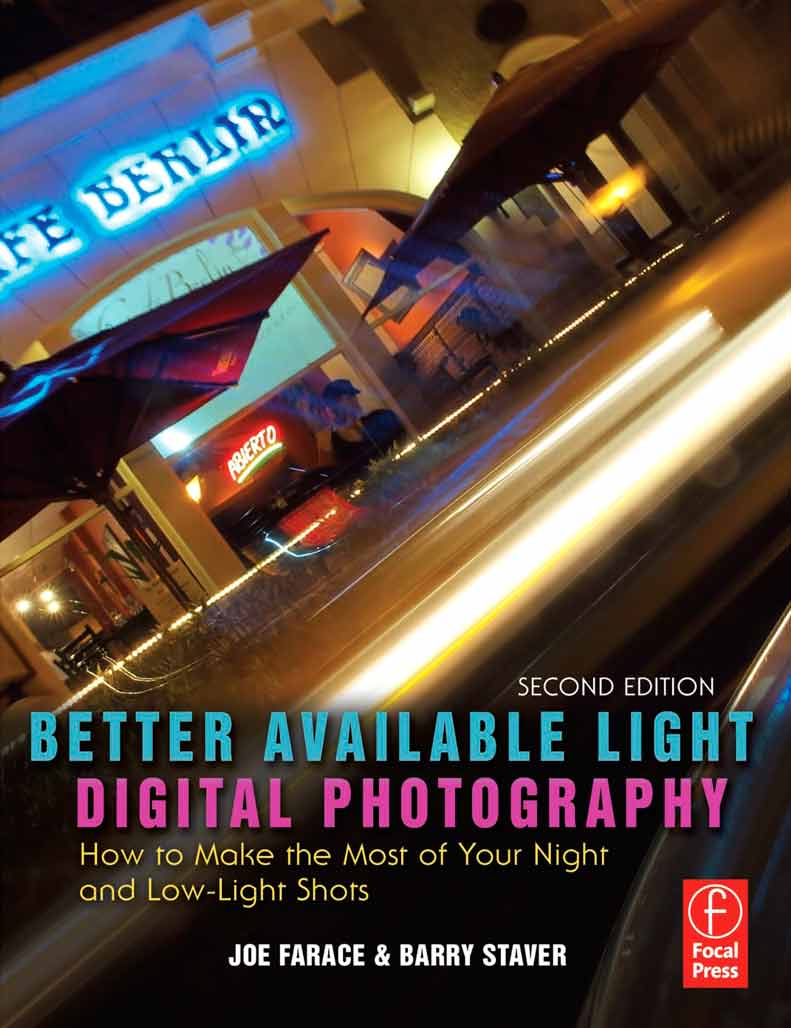Today’s Post by Joe Farace
Coming this Friday: Another look at direct monochrome capture and what you can do if you don’t take today’s suggestion,,,
These days most DSLRs and mirrorless cameras have built-in direct monochrome modes and some cameras offer alternative capture choices, such as Canon’s Picture Styles, with some options that let you enhance gray tones while making the rest of the colors less vibrant producing an old-fashioned hand-colored look.
To be sure, you can always make these kinds of enhancements after the fact using Adobe Photoshop or your favorite digital imaging software but, as I mentioned last week, shooting directly in black and white can affect how you see an image while actually making that photograph and the instant feedback can help focus your vision. The reason that I’m not afraid of losing the original color image for future use is because you can capture color and monochrome image files at the same time!

Tip #1: Almost all DSLRs and mirrorless cameras offer the ability to simultaneously capture RAW+JPEG files and these same cameras let you to capture monochrome only images as JPEG files. If you set your camera for RAW+JPEG capture then select the monochrome effect you want, you’ll end up caturing two files: one in color (RAW) and the other in black and white (JPEG.)

Tip #2: These days more and more DSLRs and mirrorless cameras have dual memory card slots that let you capture RAW files onto one memory card and JPEG image files on the other one. That means you can put all of your color RAW files on one card and the monochrome images on the other. Give it a try.
How I made these shots: The (top) RAW file of Jerry and Maureen Magnuson’s Magnitude ’32 Muroc roadster was captured using a Canon EOS 7D Mark II N with EF-S18-135mm f/3.5-5.6 IS lens. Exposure was 1/60 sec at f/8 and ISO 1250. The bottom monochrome JPEG was made simultaneously as a sepia JPEG file. The only thing different is that the camera’s Picture Style was set for Monochrome mode with the Sepia toning option selected giving it a completely different and vintage look. It also minimized a spectator’s foot that creeped into the edge of the frame.
Postscript: Maureen Magnuson is my wife’s cousin and her husband the legendary Jerry Magnuson passed away some time after these images were made at the unveiling of the Magnitude roadster at the big SEMA show in Las Vegas.
Along with photographer Barry Staver, Joe is co-author of Better Available Light Digital Photograph with new copies available from Amazon for $21.50 with used copies starting at five bucks. For some reason,(not Barry or I) the Kindle price is really high.
